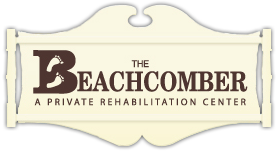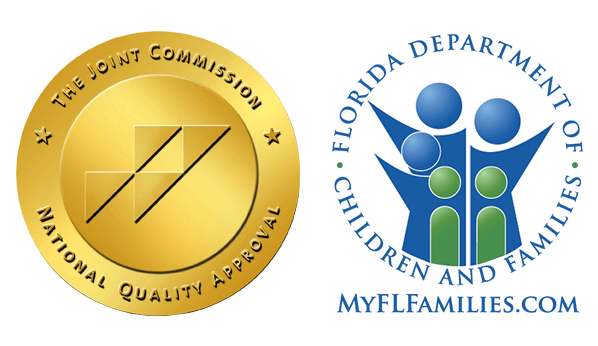There are several different types of Tramadol addiction that seriously affect many Americans. Abuse of prescription drugs is becoming a bigger problem in the drug world and a bigger cause of mortality. As the fatality rate rises, concerns have been raised about the potential to combine numerous prescriptions rather than just the quantity of medication taken at once.
Approximately 46 million Americans (age 12 and up), or close to 20 percent of the US population, are estimated by the federal government to have abused prescription drugs at least once. But no one is aware of the number of individuals who use the Internet or other resources to fuel their addictions secretly. Drug abuse results from excessive drug usage that is not controlled or handled medically.
A synthetic opioid called tramadol is used to relieve persistent pain. It is thought to bind to the brain’s mu-opioid receptors. Serotonin and norepinephrine reuptake may be inhibited, simulating the effects of the body’s natural pain-relieving system. Long-acting or extended-release pills and capsules of tramadol are offered. When ingested, its effects start to show up gradually and peak between four and six hours later. Compared to other pharmaceutical and illegal opioids like heroin, codeine, or methadone, it is less potent. It might yet result in dependence. At drug rehab in Delray Beach, we understand the growing concern. In this blog post, we will discuss Tramadol addiction, recognizing the signs, and seeking help.
What negative effects may occur from using Tramadol?
Comparable to other opioids, tramadol has similar effects.
Mood: Exhilaration, relaxation, and a general sense of well-being.
Physical: Constipation and pain relief.
Breathing more slowly, weariness, headaches, and dizziness.
Itching and nausea. Sweating, vomiting, and erectile dysfunction.
Psychological: Confusion.
Does dependence equate to addiction?
Addiction and dependence are not the same thing. Your body’s physical dependence on the medication is referred to as dependence. When you have a drug addiction, you develop a tolerance to the drug and need progressively more of it to get the same effect. If you stop using the medicine, you experience both mental and physical side effects (withdrawal). Addiction makes it impossible to stop using drugs, regardless of the consequences. Without or with physical dependence on the drug, addiction is possible, but physical reliance is frequently present. A dependable source for addiction.
How to proceed if you suspect a loved one is addicted.
Recognizing any erroneous beliefs you may have about addiction is the first step. Keep in mind that consuming drugs over time alters the structure and chemistry of the brain, making it harder and harder to stop abruptly.
Then, familiarize yourself with the dangers and adverse effects, including overdose and intoxication symptoms. To offer therapy options to your loved one, do some research.
You should carefully choose the best way to express your concerns. If you’re thinking about intervening, keep in mind that success isn’t guaranteed.
Although an intervention may encourage your loved one to get addiction treatment, it can also backfire. Feelings of guilt, rage, or social retreat fall under this category. Sometimes it’s preferable to have a relaxed talk.
Keep in mind that you might not receive the response you were hoping for. Your loved one may completely deny using drugs or decline to get help. If that occurs, think about researching additional options or signing up for a support group for loved ones of substance abusers.
How to get assistance if you or a loved one need it.
The first and most crucial step is typically asking for assistance.
Delray Beach drug rehab is available for you or a loved one whenever you’re prepared to seek assistance. To start, consider speaking with a sympathetic friend or relative. They can provide you with words of inspiration and an empathic ear as you begin your journey toward recovery.
Schedule a consultation with one of our professionals as an alternative. Your doctor can assess your general health through a physical examination, talk with you about your treatment options, start the detoxification process if necessary, and then provide additional support after the detox is finished.
Conclusion
Due to the fact that users become dependent on Tramadol both physically and mentally, treating Tramadol addiction often involves two ways. Even after the worst withdrawal symptoms have subsided, many people still crave the drug since they have relied on it to treat the bulk of their problems. This makes it vital to assist people in getting over the first withdrawal symptoms.
In order to learn how to rebuild their lives without using Tramadol or any other substance that can be addictive, it is advantageous for the majority of people to enroll in a drug treatment program. Treatment for Tramadol misuse can take many different forms, including brief inpatient programs where patients concentrate on learning how to overcome their addictions at Delray Beach drug rehab, and we are here for you. It may also involve regular outpatient meetings with groups like Narcotics Anonymous.












